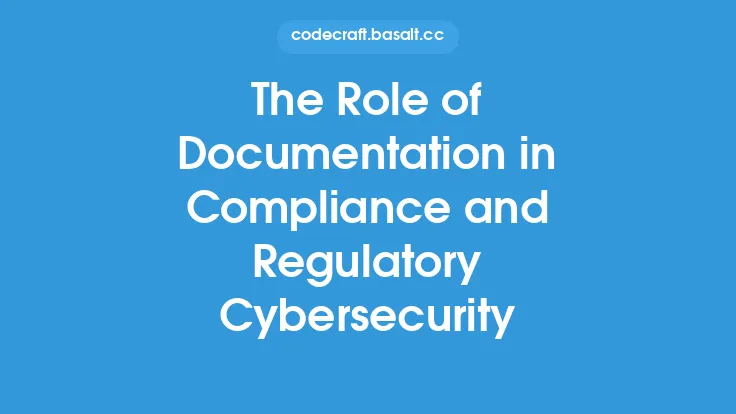Database security is a multifaceted field that encompasses a wide range of practices and techniques to protect databases from unauthorized access, use, disclosure, disruption, modification, or destruction. Among these practices, auditing and logging play a crucial role in ensuring the security and integrity of databases. Auditing and logging are essential components of database security that provide a record of all events and activities that occur within the database, allowing administrators to monitor, detect, and respond to potential security threats.
Introduction to Auditing
Auditing is the process of collecting and analyzing data about database activities, such as user logins, queries, and data modifications. The primary goal of auditing is to provide a clear understanding of what is happening within the database, who is performing these actions, and when they are occurring. Auditing can be performed at various levels, including database-level, schema-level, and object-level. Database administrators can configure auditing to capture specific events, such as login attempts, query executions, or data changes, and store this information in audit logs.
Logging Mechanisms
Logging is the process of recording events and activities that occur within the database. Logging mechanisms are designed to capture and store information about database events, such as errors, warnings, and informational messages. There are several types of logging mechanisms, including system logs, application logs, and security logs. System logs capture events related to database system operations, such as startup and shutdown events, while application logs capture events related to database application operations, such as query executions and data modifications. Security logs, on the other hand, capture events related to database security, such as login attempts, access control changes, and data encryption.
Benefits of Auditing and Logging
Auditing and logging provide several benefits to database security, including improved security monitoring, incident response, and compliance. By analyzing audit logs and log files, database administrators can detect potential security threats, such as unauthorized access attempts or malicious activity, and respond quickly to prevent or mitigate damage. Auditing and logging also help organizations comply with regulatory requirements, such as HIPAA, PCI-DSS, and GDPR, which mandate the collection and retention of audit logs and log files.
Types of Audit Logs
There are several types of audit logs, including system audit logs, application audit logs, and security audit logs. System audit logs capture events related to database system operations, such as startup and shutdown events, while application audit logs capture events related to database application operations, such as query executions and data modifications. Security audit logs, on the other hand, capture events related to database security, such as login attempts, access control changes, and data encryption. Additionally, there are also audit logs that capture events related to data changes, such as data manipulation language (DML) logs, which record insert, update, and delete operations.
Log Analysis and Monitoring
Log analysis and monitoring are critical components of auditing and logging. Log analysis involves examining log files and audit logs to identify potential security threats, detect anomalies, and troubleshoot issues. Log monitoring involves real-time monitoring of log files and audit logs to detect and respond to security incidents. There are several log analysis and monitoring tools available, including commercial and open-source solutions, such as Splunk, ELK Stack, and Logstash. These tools provide features such as log collection, indexing, and analysis, as well as alerting and notification capabilities.
Best Practices for Auditing and Logging
To ensure effective auditing and logging, database administrators should follow best practices, such as configuring auditing and logging to capture relevant events, storing audit logs and log files securely, and regularly analyzing and monitoring log files. Additionally, database administrators should ensure that audit logs and log files are properly configured, maintained, and retained, and that access to these logs is restricted to authorized personnel. It is also essential to implement a log rotation and retention policy to ensure that log files do not grow indefinitely and consume excessive storage space.
Technical Considerations
From a technical perspective, auditing and logging involve several considerations, including log file format, log file size, and log file retention. Log file format refers to the structure and content of log files, which can vary depending on the database management system (DBMS) and logging mechanism. Log file size refers to the amount of storage space required to store log files, which can grow rapidly depending on the volume of events and activities. Log file retention refers to the length of time that log files are stored, which can vary depending on regulatory requirements and organizational policies. Database administrators should also consider the performance impact of auditing and logging, as excessive logging can consume system resources and impact database performance.
Common Challenges and Limitations
Despite the importance of auditing and logging, there are several common challenges and limitations, including log file management, log analysis, and log retention. Log file management refers to the process of collecting, storing, and managing log files, which can be time-consuming and resource-intensive. Log analysis refers to the process of examining log files to identify potential security threats, which can be complex and require specialized skills. Log retention refers to the process of storing log files for extended periods, which can require significant storage space and impact database performance. Additionally, auditing and logging can also be impacted by factors such as log file tampering, log file corruption, and log file loss, which can compromise the integrity and reliability of audit logs and log files.
Future Directions and Emerging Trends
The field of auditing and logging is constantly evolving, with emerging trends and technologies, such as cloud-based logging, artificial intelligence (AI), and machine learning (ML). Cloud-based logging refers to the use of cloud-based services to collect, store, and analyze log files, which can provide scalability, flexibility, and cost savings. AI and ML refer to the use of advanced analytics and algorithms to analyze log files and detect potential security threats, which can improve incident response and threat detection. Additionally, there is also a growing trend towards real-time logging and analytics, which can provide immediate insights and alerts to potential security threats. As database security continues to evolve, auditing and logging will remain essential components of a comprehensive security strategy.





